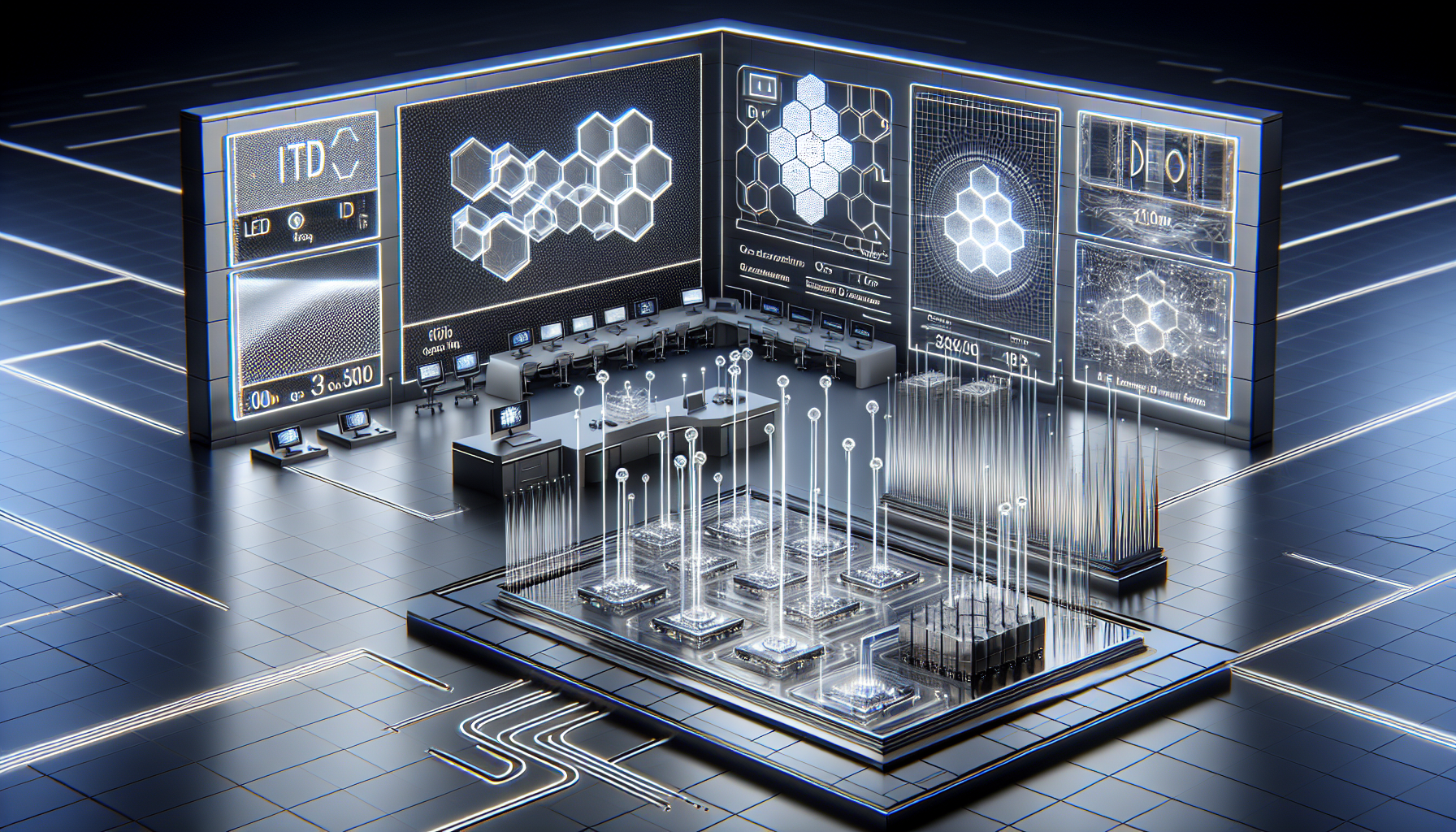Breaking OLED Limits: How a 20% Efficiency Boost Could Transform Displays
What if your smartphone screen could shine brighter, last longer, and use less power-all thanks to a nearly invisible layer just nanometers thick? That's exactly what researchers at the University of Tokyo have achieved with a new transparent electrode that boosts OLED efficiency by 20%. This isn't just a lab curiosity. It's a potential game-changer for the entire display industry.
The Problem with Traditional OLEDs
OLEDs, or organic light-emitting diodes, are already known for their vibrant colors and deep blacks. But they come with trade-offs. One of the biggest challenges is efficiency. A significant portion of the energy used to power an OLED display is lost due to resistance and light absorption in the electrodes-especially the transparent ones that sit on top of the light-emitting layer.
Indium tin oxide (ITO) has long been the industry standard for transparent electrodes. It's conductive and lets light through, but not perfectly. It still absorbs some light and adds resistance, which means more power is needed to achieve the same brightness. Over time, this also affects battery life and heat management in devices.
The Breakthrough: A Nanoscale Composite
Published in Nature Photonics on April 16, 2025, the University of Tokyo's study introduces a new kind of transparent electrode. It's a nanoscale composite of ITO doped with graphene-a material famous for its strength, flexibility, and exceptional conductivity.
This hybrid material solves two problems at once. First, it reduces electrical resistance, allowing current to flow more freely. Second, it improves optical transparency, meaning more of the light generated by the OLED actually escapes the screen. The result? A luminous efficacy of 180 lumens per watt, compared to 150 lumens per watt in conventional OLEDs.
Why It Matters
That 20% boost in efficiency isn't just a number. It translates into real-world benefits. Brighter screens without draining the battery. Lower energy consumption for large displays like TVs and digital signage. And potentially thinner, lighter devices as less heat management is required.
Dr. Aiko Tanaka, the lead researcher, emphasized the material's durability. "Our composite electrode not only boosts performance but also maintains stability over 10,000 hours of operation," she said. It also holds up under high temperatures and humidity-key for commercial viability.
Industry Reactions and Challenges
Experts are already taking notice. Dr. Maria Chen, an optoelectronics analyst at TechTrend Innovations, called the development "a major step toward greener, more efficient electronics." She noted that even a modest improvement in display efficiency can have a huge impact when scaled across millions of devices.
But not everyone is ready to celebrate. Graphene, while promising, is still expensive to produce at scale. Professor John Lee of MIT's Materials Science Department warned that "scaling this technology without compromising quality is the next hurdle." Manufacturing costs and integration into existing production lines remain significant challenges.
What's Next?
The University of Tokyo team is already working with major display manufacturers, including Samsung and LG, to bring the technology to market. If all goes well, we could see commercial products using these new electrodes by 2027. That timing aligns with growing demand for energy-efficient electronics and stricter sustainability targets across the tech industry.
The global OLED market is projected to hit $57 billion by 2030, according to Statista. A 20% efficiency gain could give companies a competitive edge-not just in performance, but in meeting environmental goals as well.
A Greener Future, One Pixel at a Time
This innovation doesn't just make screens better. It makes them smarter. More efficient. More sustainable. And it shows how even the smallest materials-measured in nanometers-can have an outsized impact on the way we interact with technology every day.
Sometimes, the most powerful changes are the ones you can't even see.
